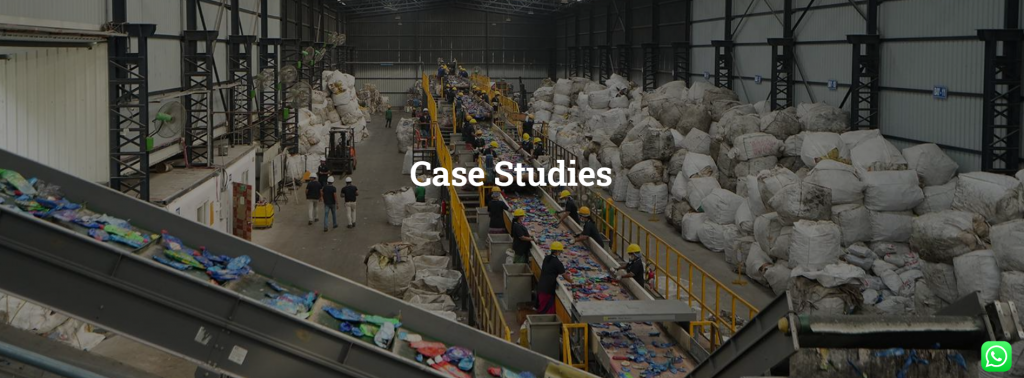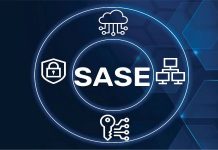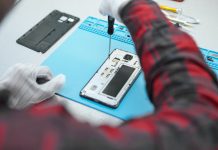Plastic recycling company isn’t just a label—it’s a promise that what goes into the bin can come back as safe, reliable packaging that brands and consumers trust. Banyan Nation has earned that trust by pairing smart technology with on-ground discipline, turning mixed post-consumer plastic into consistent rPE and rPP that run smoothly on real production lines. This isn’t about warm slogans; it’s about clean inputs, stable quality, and a clear paper trail from collection to finished resin.

Why this moment matters
India’s cities are growing fast, and so is packaging. When plastic is collected but not properly segregated or washed, recyclers struggle to deliver predictable quality. That’s where a mature plastic recycling company changes the game—by fixing the unglamorous steps that decide everything later: sorting, washing, deodorizing, and testing. The outcome is simple to judge: fewer line stoppages, fewer color surprises, and finished packs that look and feel like the brand intended.
What “good recycling” really means
- Clean feedstock: Not just volume—traceable, graded material that hasn’t been contaminated on the way in.
- Process control: Hot-wash, label/ink removal, odor control, and water recirculation that actually works.
- Repeatability: Batch-to-batch stability, allowing procurement to plan and QA to relax.
- Compliance: Documentation that stands up to audits and aligns with EPR requirements.
The Banyan Nation Difference
Banyan Nation has spent years solving India-specific realities—dusty supply chains, variable inputs, and tough brand requirements for color and odor. Their plants are designed to remove surface contaminants, normalize color, and stabilize melt flow, so resin behaves predictably on film, blow, and injection lines. Just as important, they’ve built traceability into the system, so every tonne has a story you can verify.
Built for brand use, not just lab tests
- Odor-managed polyolefins: Critical for personal care and food-adjacent packs.
- Color consistency: Less rework, fewer rejects.
- Tight specs: Right melt index, right impact, right stiffness—for running at commercial speeds.
Making EPR practical
Extended Producer Responsibility isn’t only about meeting a number; it’s about proving how you met it. A capable plastic recycling company helps you register correctly, categorise materials accurately, and reconcile certificates without last-minute scrambles. More importantly, it helps you convert a paper target into real recycled content inside your packs—where consumers and retailers actually notice.
What your team needs to line up
- Registration & Categories: Ensure every SKU is placed in the correct category.
- Quarterly cadence: Plan recycled-content ramps (say 10% → 25% → 50%) and track them QBR-style.
- Evidence on file: Batch reports, test data, and movement records that match the platform trail.
From pilot to scale: a simple playbook
You don’t need to boil the ocean. Start with one high-volume SKU and expand from there. The aim is to learn quickly, fix friction, and then scale with confidence.
Step 1: Pick a “hero” SKU
Choose a bottle or container you know inside out. Freeze today’s numbers—color delta, odor scores, MFI, impact strength, cycle time—so you can compare apples to apples after switching to recycled content.
Step 2: Design for washability
Labels, inks, and adhesives can make or break yield. Work with packaging vendors to choose combinations that release well in hot wash. Bright colors are fine—resins can be color-normalized—but stubborn inks and laminates will cost you later.
Step 3: Align QA and production
Before the first truck arrives, agree on acceptance bands, test methods, and what triggers a line stop. If a batch drifts on MFI or color, know the fallback plan (blend ratios, machine settings, or batch swap).
Step 4: Close the loop with data
Set a rhythm: conduct weekly shop-floor updates to identify early noise, monthly quality reviews to spot patterns, and quarterly business reviews to solidify improvements and increase the recycled-content share.
Quality that shows up on shelves
Consumers may not read spec sheets, but they do notice smell, scuffs, and color drift. The fastest way to build confidence is to place a recycled-content pack next to a virgin pack and compare them without prompting. If the difference isn’t obvious, you’re on the right track. Banyan Nation’s focus on deodorization and color control is aimed precisely at passing this “shelf test.”
Practical signs you’re ready to scale
- Stable batch approvals over multiple months.
- No unusual downtime linked to recycled resin.
- Marketing sign-off on “made with recycled plastic” without caveats.
- Procurement confidence to lock volume for the next quarter.
What to ask any recycling partner
Choosing a partner is easier when you ask concrete questions. Here’s a short, useful checklist:
Plant and process
- Do you run hot-wash with proven label/ink removal?
- How do you manage odor, and what applications have cleared brand sensory tests?
- What water recirculation steps reduce freshwater use?
Quality and testing
- Can you share typical melt flow, impact, and color ranges?
- What’s your batch-to-batch variance and how do you handle outliers?
- Will you provide COAs and retain samples for trace-back?
Traceability and compliance
- How do you track material movement end-to-end?
- Can you support EPR documentation cleanly, quarter after quarter?
- Which brand programs are live today, and what did they learn in month one?
Why partnerships beat one-off purchases
Treat recycled resin as a long-term ingredient, not a one-time purchase. When your packaging, QA, and sustainability teams collaborate with a plastic recycling company, problems are more likely to surface sooner, and solutions are more likely to stick. You’ll discover small tweaks—label stock here, cycle time there—that quietly boost yield and quality. Over the course of a year, those tweaks add up to fewer headaches and more recycled content shipped without drama.
Marketing, brought in early
Bring brand and design into the conversation ahead of time. When resin, colorants, and pack geometry are aligned, you can place the recycled-content mark with confidence. Real numbers and dated milestones win more trust than generic claims.
The bigger picture: circular design as strategy
Recycling works best when products are designed to come back. That means picking polymers that have strong second-life markets, avoiding hard-to-separate combinations, and standardizing labels and closures where possible. You don’t need to redesign everything at once—start by mapping your top five packs and mark the quick wins. Each change that improves washability or sortability pays you back twice: higher yield today and smoother scale later.
Getting started with Banyan Nation
If you’re ready to move from intent to impact, start a structured pilot with Banyan Nation:
- Share your current pack specs and target recycled-content range.
- Request sample lots along with typical test data and COAs.
- Run a controlled factory trial with clearly defined success metrics.
- Review jointly and set a quarterly growth plan tied to EPR goals.
The path is straightforward: one SKU, clean data, honest reviews, then scale. With Banyan Nation, you get the mix that matters—India-ready process control, steady resin quality, and documentation you can rely on when auditors and retailers ask hard questions.





